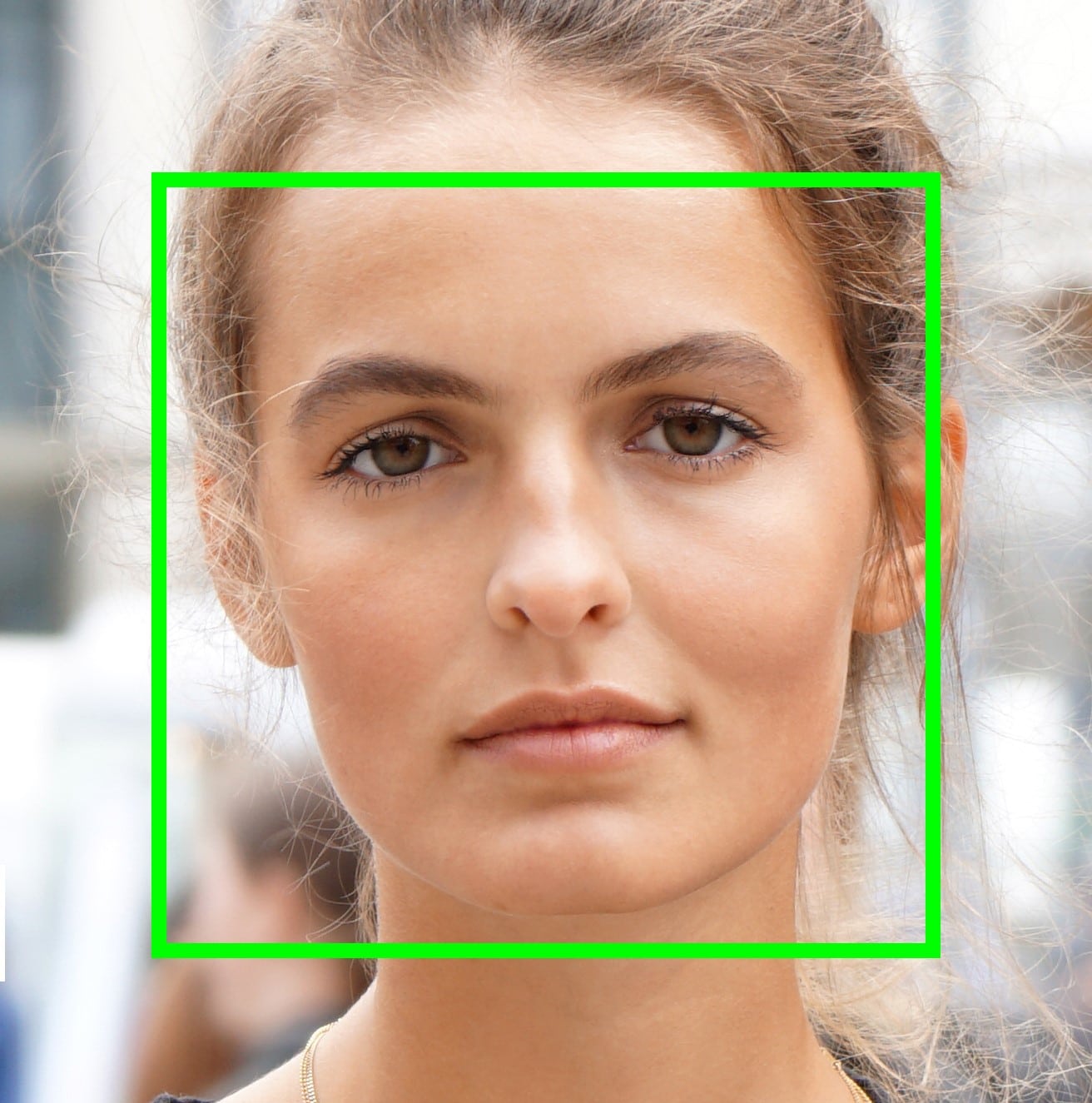The U.S. Government Accountability Office (GAO) has issued a Report to Congressional Requesters on the “Use and Federal Oversight of Property Technology,” as pertains to rental housing.
Specific focus in the report is given to advertising platforms, tenant screening tools, rent-setting software, and facial recognition for access control. For each, GAO assesses use cases, potential benefits and risks, and federal agencies’ oversight of these tools.
The document says some policymakers have raised questions about the use of such “proptech” tools in the rental housing market, “including their potential to produce discriminatory or unfair outcomes for renters.” But the findings suggest one tool, in particular, could benefit from clearer guidance or additional direction: facial recognition.
According to the report, “all 10 public housing agencies stated public housing agencies would benefit from additional direction on use of facial recognition technology,” believing that written instruction could provide public housing agencies additional clarity on the use of facial recognition and better address tenant privacy concerns.
Calling the current guidance from the the Department of Housing and Urban Development (HUD) too vague and high-level, “GAO recommends that HUD provide more specific written direction to public housing agencies on the use of facial recognition technology.”
“The selected proptech tools we reviewed offer benefits to individuals searching for, living in, or owning or managing rental properties. However, they also can pose risks – particularly related to the accuracy of personal information and the potential for misrepresentation and discrimination.” While property owners cite security benefits, advocacy groups interviewed for the report identify issues with error rates and consent – notably, “higher error rates for identifying and verifying individuals from certain demographics, particularly Black women.”
Biometric testing by the National Institute of Standards and Technology (NIST) has found that the majority of facial recognition algorithms are more likely to misidentify people with darker skin, women and the elderly, though the most accurate algorithms show very low differentials in the Institute’s latest testing.
GAO has a number of recommendations specific to facial recognition. They advise clarifying the permitted uses of facial recognition technology, and particularly permitted uses beyond access control. What constitutes consent also needs clarification: are signs sufficient? Is written consent required before including tenant facial images in system databases? More clarity is sought on data retention periods and rules.
GAO has been busy in the biometrics space this summer; in June, it identified major gaps in oversight of the IRS’ biometric ID verification program.
Free internet project in NYC public housing links CCTV cameras to NYPD
Cameras installed in public housing are being used for police surveillance in New York City. New York Focus reports that, under the watch of Mayor Eric Adams, the NYPD is “quietly using a flagship free internet program for public housing residents for another purpose: expanding NYPD surveillance.”
“The New York City Police Department is working to use network connections established under the three-year-old Big Apple Connect program to link cameras at New York City Housing Authority (NYCHA) developments directly to the NYPD’s central digital surveillance system,” the report says.
Big Apple Connect put new modems and routers in NYCHA common spaces. Its current network of CCTV video systems includes more than 20,000 cameras across indoor and outdoor common spaces, such as entryways, hallways, laundry rooms, lobbies, and courtyard areas.
The network connections now allow the NYPD to “feed CCTV footage directly into its citywide surveillance software systems, stream it remotely in real time, and review footage beginning 30 days prior to an incident — all without having to ask NYCHA for permission.”
While the system has not been confirmed to use facial recognition, the NYPD reportedly has plans to connect video cameras at 20 NYCHA developments to the Domain Awareness System, which collects and analyzes CCTV footage from thousands of cameras across the city to identify patterns for predictive policing purposes. This data can be used to support facial recognition searches, which the police department has officially put limits on, but continues to pursue as a policing tool.
Jerome Greco, supervising attorney of the Legal Aid Society’s Digital Forensics Unit, says the use of NYCHA cameras is “part of an ongoing campaign by the NYPD to expand not only their surveillance capabilities in general, but also specifically get access to more and more camera feeds around the city.”
“The NYPD is getting direct access to other city agencies’ data and information, whether it be surveillance-related or not, seemingly with little to no oversight or poor ability to prevent it,” Greco says.
The deal reportedly dates back to 2022, when pitch decks for Big Apple Connect described the Adams administration’s explicit intention to use the program to expand the NYPD’s video surveillance capabilities in public housing.
Facial recognition has increasingly been in the sights for privacy rights groups, as its use by law enforcement expands in the U.S. and beyond. Of particular concern is a new contract for Clearview AI to provide single-source facial recognition for Immigration and Customs Enforcement (ICE), the department leading the Trump administration’s brutal crackdown on immigrants.
Reporting for Biometric Update in April 2025, Anthony Kimery writes that “the federal government’s expanding use of facial recognition, AI, and data aggregation tools has prompted urgent concerns among civil rights advocates, legal scholars, technologists, and lawmakers.” The pattern seems clear enough by now, both at the federal and municipal policing level: say what people want to hear, but do exactly as you please – and the more facial recognition tech for surveillance, the better.
Related Posts
Article Topics
biometric identification | biometrics | facial recognition | GAO (Government Accountability Office) | NYPD | real estate | U.S. Government | United States | video surveillance
Latest Biometrics News
Humanity Protocol’s mainnet is live. And according to a blog post from the on-chain digital identity firm with a current…
The Unique Identification Authority of India (UIDAI) has announced what it calls a new benchmark for Aadhaar face biometric authentication…
The U.S. Coast Guard issued a Request for Proposal (RFP) to replace its aging handheld biometric readers with a new…
The Dominican Republic’s plan to renew all Dominican national identity and electoral cards, amid growing threats from identity theft and…

